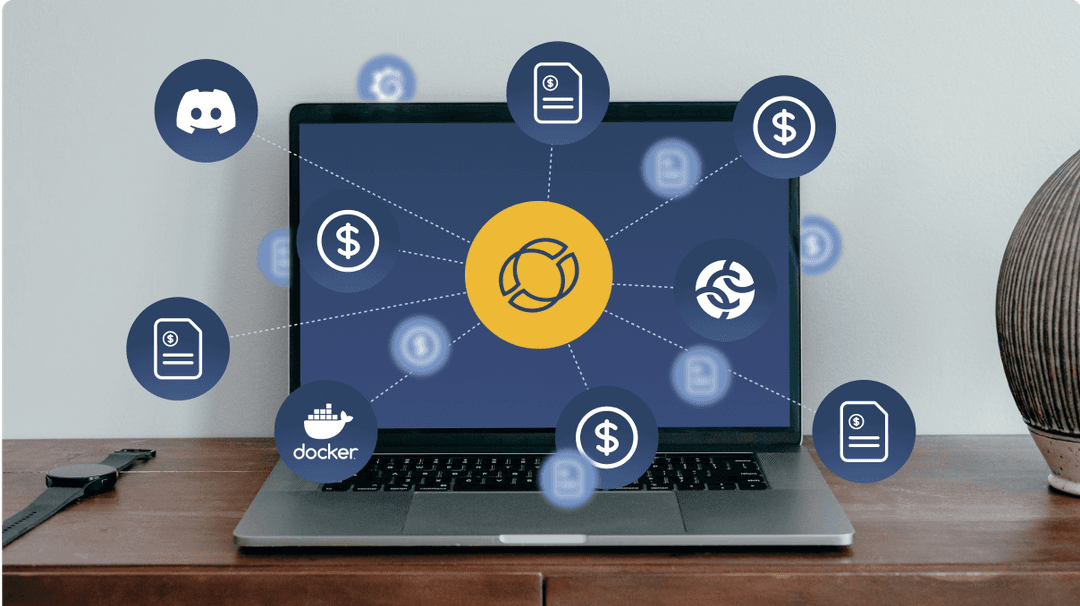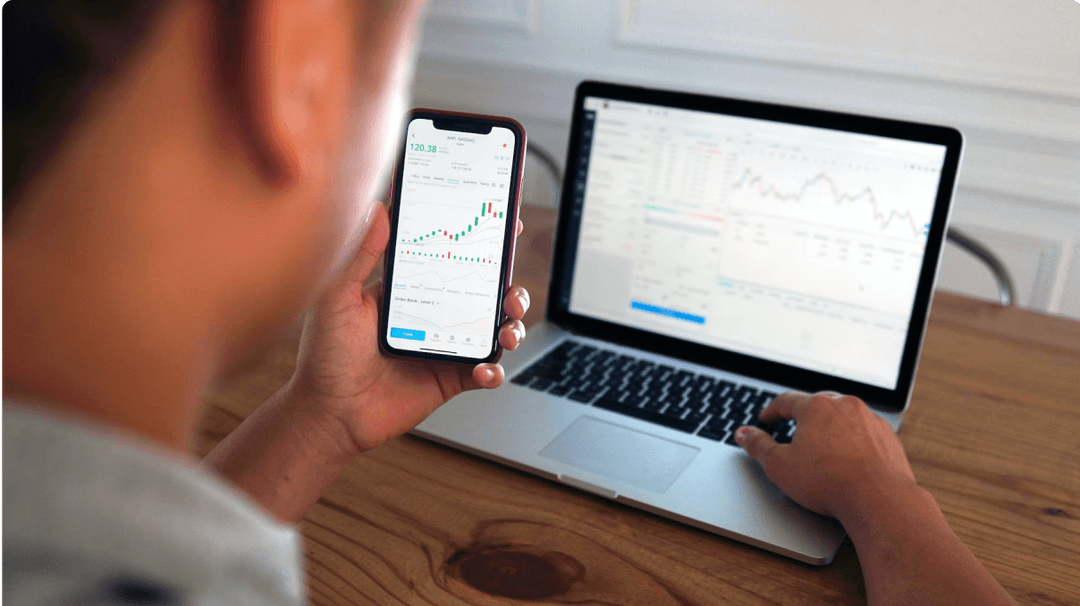A Liquidity Roadmap for Unicorn Shareholders
A guide for unicorn shareholders to the major private market liquidity alternatives
Every day at Collective Liquidity, we speak to unicorn employees about their liquidity and risk management alternatives. Frequently, they are unfamiliar with brokered stock sales, private stock loans, company tender programs and Collective’s solutions. So, it’s not surprising that they often have a hard time determining which is the best for them. This article provides a high-level summary of the primary private market liquidity alternatives and a discussion of the pros and cons of each.
To get started, let's identify the four basic ways you might get cash for your stock and/or reduce your risk from being overconcentrated in a single stock. Though there are now a bunch of hybrids and variants, the four basic transaction types are:
Tender Offer. In a tender offer, the company or its designee purchases your shares as part of a company run liquidity program. Typically held only once a year, these programs let you sell a portion of your shares (e.g., 15-20%) for a set price. Companies frequently use Nasdaq Private Market and CartaX to facilitate these programs
Brokered Sale. In a brokered sale, an individual broker or an online marketplace like Forge charges you a commission to find you a buyer and help you negotiate price and draft transaction documents.
Stock Loan. Lenders like SecFi will make loans secured by your unicorn shares for about 15-25% of their value. The loans generally mature when your company goes public or is sold. Because these loans are typically made on a non-recourse basis, you don’t have to repay the loan even if the shares securing the loan become worthless.
Collective Liquidity. Collective Liquidity enables you to reduce your risk by letting you trade shares tax-free for an LP interest in a diversified fund of leading unicorns. You can also generate immediate cash by borrowing non-recourse against your LP interest in the fund. Learn more here.
Which of these options is best for you depends primarily on what your objectives are – e.g., do you need to maximize immediate cash, or can you wait to maximize your return over the long term? Do you want to de-risk your net worth by exchanging some of your stock into a diversified fund or are you OK to keep all of your “eggs in one basket”? Do you have weeks to spend talking with brokers or would you prefer to just transact online immediately?
Your tax situation is another major factor in making a smart financial decision. For example, taxes can have a huge impact on how much money you keep from a stock sale. If you have yet to exercise your options and hold them for a year, you will pay the ordinary income tax rate (i.e., as much as 46% for state and federal) on any sale proceeds. There are a number of other tax related details that may also materially affect your financial outcome. What is the exercise price for your options and how does it compare to your company’s current 409a price? Were your options issued as ISOs or NSOs? Are there tax implications from financial transactions or tax related events unrelated to your shares or options that you need to take into account? Though the team at Collective can help you evaluate your liquidity options, we always recommend you consult with a tax professional as part of your process. You might also review our article on how to minimize taxes in connection with your stock options.
Once you know your objectives and are mindful of your tax circumstances, you can start to consider your alternatives. The following breakout compares each of the main transaction types against the financial objectives we hear about most from our customers.
Maximize Short Term Cash
Tender Offer. You receive the price per share set by the company but can typically sell only a small portion (e.g., 20%) of your shares (and see note below on taxes).
Brokered Sale. If your broker can find you a buyer, you receive whatever price you can negotiate, but see the notes below re taxes and expenses.
Stock Loan. Most private market lenders will typically lend you just 15-25% of the value of your shares.
Collective. Once you exchange shares for an Exchange Fund LP interest, you can immediately borrow 60% of the value of that interest non-recourse. So, for every $100 worth of shares, you can get $60 in upfront after-tax cash.
Minimize Taxes
Tender Offer. If you haven't exercised and held the shares underlying your options for more than a year, your sales proceeds will be taxed at ordinary income rates.
Brokered Sale. If you haven't exercised and held the shares underlying your options for more than a year, your sales proceeds will be taxed at ordinary income rates.
Stock Loan. Good news: a stock loan generally does not trigger income taxes; however, if you are exercising options in connection with the stock loan you may be subject to taxes on exercise depending on the type of options you hold.
Collective. Good news: generally your exchange is tax free, however, if you are exchanging shares from recently exercised options, you may have to pay taxes on the difference between the current 409A and your exercise price.
Minimize Expenses
Tender Offer. Sometimes companies pass along the fees charged by Nasdaq or Carta to the participants in the tender but these are typically small amounts.
Brokered Sale. Brokers typically charge a commission between 4% and 6% of the sale. After paying taxes and commissions, you may net less than fifty cents on the dollar on your sale.
Stock Loan. Interest rates on these loans vary but are typically substantial (e.g., 15-18%) and most come with a hefty "stock fee" - i.e., you pay the lender a percentage (e.g., 25-33%) of your shares when the loan matures.
Collective. Exchange Loans are subject to a 2% origination fee and, currently, a 9.9% interest rate. Collective charges no brokerage commission or stock fee.
Maximize Long Term Appreciation
Tender Offer. Once you've sold your shares you have no further upside in them.
Brokered Sale. Once you've sold your shares you have no further upside in them.
Stock Loan. You keep the upside on your shares less the roughly 25-33% of your shares you pay as a stock fee to the lender.
Collective. In addition to your Exchange Loan proceeds, you keep your LP interest in the Exchange Fund, a portfolio of leading unicorns. You can redeem that interest for cash any time after the first year, use the proceeds to pay off your loan and then keep whatever is left over.
Minimize Risk
Tender Offer. You've eliminated your risk on the shares you sold but retain all the risk on the shares that you weren't allowed to sell in the tender (e.g., ~80%).
Brokered Sale. You've eliminated your risk on the shares you sold but retain all the risk on the shares you don't.
Stock Loan. You have reduced your risk somewhat by taking some cash off the table upfront, but since you can typically only borrow 15-20% of the value of your shares, you retain 80-85% of the risk.
Collective. Because a diversified portfolio is generally less risky than owning a single stock, exchanging into the Exchange Fund tax-free is a good way to de-risk your shares while retaining long term investment upside.
Minimize Time and Headache
Tender Offer. Participating in tender offer programs is usually relatively painless but note the programs typically run only once a year. If you miss it, you'll have to wait for the next one and there's no guarantee there will be a next one.
Brokered Sale. These transactions require frequent conversations with your broker over an extended time period as you negotiate with potential buyers and review transaction documents.
Stock Loan. Lenders must value a company before lending against its shares. Once that's done, if they're willing to move forward, they will then negotiate the loan amount, interest rate, stock fee and key legal terms of the transaction.
Collective. You can exchange your shares and take out an Exchange Loan anytime from Collective's website – typically it takes about 5 minutes to initiate a transaction. Though Collective representatives are available to answer any questions, you never need to talk to a broker.
As you can see, there’s a lot to think about and, since everyone has different priorities, there is no one, best solution for everyone. After acknowledging that we are naturally biased in favor of our own solution, we believe we can, however, make a couple of general observations.
First, if your sole objective is to maximize short term cash, you will likely be choosing between a brokered stock sale and Collective. Tender offer programs let you sell too few of your shares and most lenders will loan you too small a percentage of the value of your shares to generate significant liquidity. Whether a stock sale or Collective nets you the most immediate, after-tax cash will depend on your tax circumstances. Our free Liquidity Estimator compares the two based on your tax situation.
Second, if you can be patient and want to maximize your long-term total cash, then we believe Collective is probably your best option. This is because Collective enables you to both generate immediate cash with an Exchange Loan and retain upside in the Exchange Fund which can be expected to appreciate over time. Whenever you choose to cash out of the fund, you redeem your LP interest and use the proceeds to pay off your loan, keeping whatever is left over.
Third, if your primary goal is just to get some liquidity quickly and easily, then again, we think Collective might be the best fit for you. Unlike other platforms where you spend weeks negotiating with a broker or lender, at Collective you can initiate a transaction in about 5 minutes entirely online.
We hope you found this article helpful. Feel free to contact us anytime at Collective Liquidity if you still have questions about how to optimize your stock options. We will be happy to help you chart a path to liquidity regardless of whether or not that includes one of our solutions. At Collective, we are all about Freeing Your Wealth!
Own unicorn options or shares?
To get an instant valuation of you unicorn options or shares, please click here.
IMPORTANT DISCLOSURES


